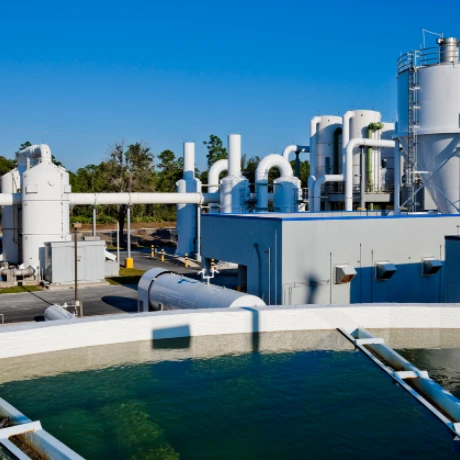



plumbic oxide
Plumbic Oxide Properties, Applications, and Environmental Impact
Plumbic oxide, scientifically known as lead(II) oxide and represented by the chemical formula PbO, is a compound that has garnered interest in various fields due to its unique properties and diverse applications. This article examines the characteristics of plumbic oxide, its uses in industry and technology, as well as the environmental considerations associated with its production and use.
Properties of Plumbic Oxide
Plumbic oxide exists in two primary polymorphs the tetragonal form, which is orange-red, and the more common alpha form, which is yellow. This compound is known for its high melting point of approximately 888 degrees Celsius, making it thermally stable under normal conditions. Additionally, plumbic oxide is a semiconductor, meaning it can conduct electricity under certain conditions. This property has made it a subject of interest in the electronics industry.
Lead(II) oxide is relatively insoluble in water but soluble in acids, which allows it to participate in various chemical reactions. The ability to form stable compounds with other elements, particularly halogens and sulfides, further enhances its versatility.
Applications of Plumbic Oxide
Plumbic oxide has several significant applications across different industries. One of its primary uses is in the production of lead glass, which is renowned for its clarity and brilliance. The addition of PbO enhances the optical properties of glass, making it an ideal material for high-quality glassware and decorative items.
In the realm of electronics, plumbic oxide plays a role in the manufacturing of semiconductors. Its semiconductor properties make it suitable for use in electronic components, including diodes and transistors. Furthermore, it serves as a component in photovoltaic cells where it can contribute to the conversion of solar energy into electricity.
plumbic oxide

Another prominent application of lead(II) oxide lies in the production of lead-acid batteries, which are widely used in vehicles and for other energy storage solutions. In battery manufacturing, PbO undergoes a series of chemical transformations to form lead dioxide (PbO2) and lead sulfates, which are crucial for the battery's electrochemical processes.
Additionally, plumbic oxide is utilized in ceramics and pigment manufacturing, contributing to vibrant colors in paints and dyes. Its ability to produce a range of hues based on its crystalline structure allows artists and manufacturers to create bold and striking products.
Environmental Considerations
Despite its useful properties and applications, plumbic oxide poses significant health and environmental risks. Lead, in general, is a toxic metal that can cause serious health issues, particularly in children. Chronic exposure to lead can result in neurological damage, developmental delays, and various other health problems. As such, the use and disposal of products containing plumbic oxide must be carefully managed to mitigate these risks.
Additionally, the manufacturing processes involved in the production and use of lead(II) oxide can have detrimental effects on the environment. Lead can leach into soil and water sources, leading to contamination that affects ecosystems and public health. Regulatory frameworks in many countries strictly control the handling and disposal of lead-containing materials to minimize such risks.
Innovations in technology, such as the development of lead-free alternatives for batteries and pigments, are crucial for reducing reliance on lead-based compounds like plumbic oxide. As industries move towards more sustainable practices, the replacement of plumbic oxide with less harmful materials will play a vital role in protecting both human health and the environment.
Conclusion
Plumbic oxide is a compound that showcases the dual nature of scientific advancement—it provides significant benefits in numerous applications, but also poses serious health and environmental risks. As we continue to explore and harness its properties, the importance of responsible management and regulation cannot be overstated. Balancing the benefits of plumbic oxide with the need for safety and environmental protection will be critical as society progresses in the fields of technology and materials science. The future may lie in the development and adoption of safer alternatives while still appreciating the valuable roles that compounds like plumbic oxide have played in industry.
-
Why Sodium Persulfate Is Everywhere NowNewsJul.07,2025
-
Why Polyacrylamide Is in High DemandNewsJul.07,2025
-
Understanding Paint Chemicals and Their ApplicationsNewsJul.07,2025
-
Smart Use Of Mining ChemicalsNewsJul.07,2025
-
Practical Uses of Potassium MonopersulfateNewsJul.07,2025
-
Agrochemicals In Real FarmingNewsJul.07,2025
-
Sodium Chlorite Hot UsesNewsJul.01,2025










